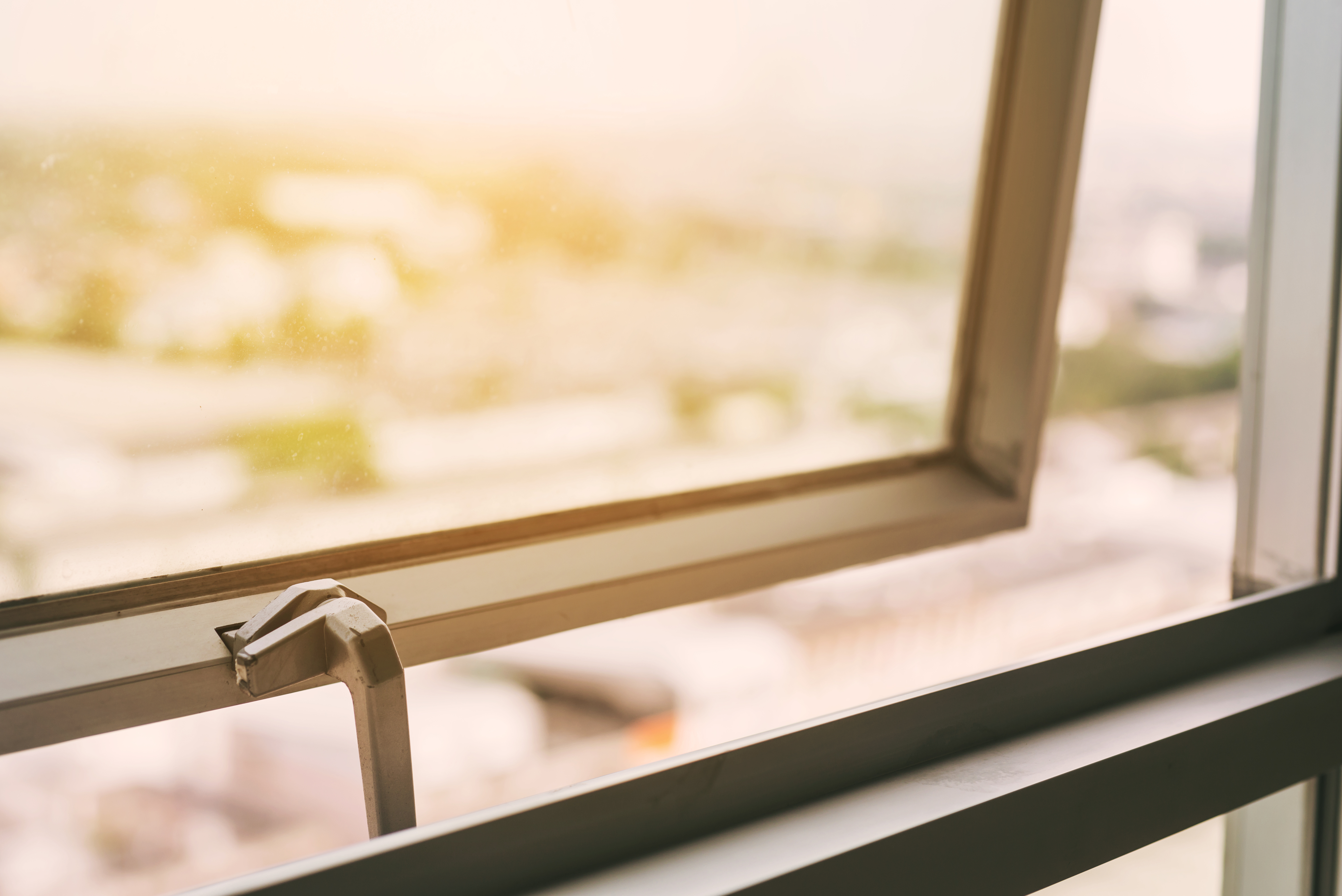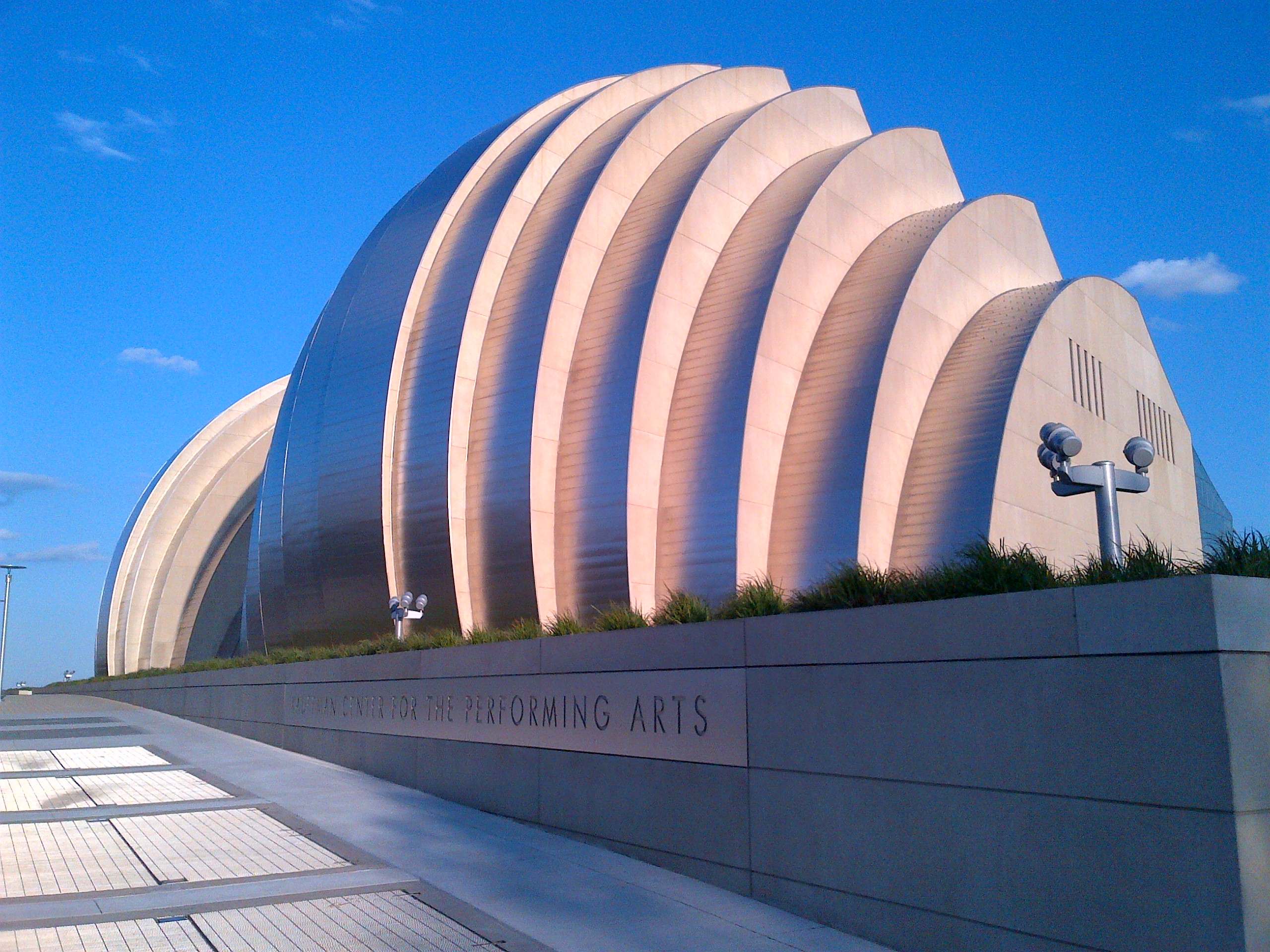To make offices safe during COVID-19, buildings need a breath of fresh air
Jesse Klein
Mon, 06/15/2020 – 02:00
The coronavirus thrives inside. A Hong Kong paper found that of over 7,000 COVID-19 cases, only one outbreak was contracted outdoors. In Seoul, an infection cluster was so concentrated that even on a 19-floor building, the outbreak was contained to just one floor, and almost entirely on one side of that floor. The data seems to indicate that infections occur in dense inside areas with shared airspace, compounded by recirculating that air — the definition of a modern office building.
Over the past decade, the density of office buildings has increased in a bid for ever-increasing efficiency. The move from cubicles to open planning drastically decreased the average space per employee in an office. The average cubicle is usually between 6 feet by 6 feet and 8 feet by 12 feet. A standard office desk for an open plan is almost half that, typically 5 feet wide and 2.5 feet deep. Another side effect of open planning was more people sharing the same air with fewer physical barriers.
To keep energy costs low, contractors worked to tightly seal buildings including designing windows that don’t open. Improvements in ventilation technology have decreased energy consumption by up to 30 percent. Better filtration systems including HEPA filters, ionization, ultraviolet lights and active carbon have increased the quality of recirculated air, without having to increase the amount of fresh air in the building.
These denser, more shared office buildings were considered more sustainable because they used less energy and contained more people on a smaller carbon footprint. But they also seem to have created the perfect breeding ground for infection.
Forcing some of the owners of these buildings just to fix some of their systems that have been broken for a long time is a step in the right direction.
Corporate sustainability experts are hoping that as COVID-19 forces corporate office managers to reevaluate their current setups, it also will be an opportunity to create more sustainable ventilation systems.
Pre-pandemic, LEED and WELL standards helped offices create more environmentally friendly and healthier ventilation systems. But even if LEED-certified buildings have ventilation systems that are up to code, the facilities managers haven’t always been enforcing or maintaining them.
According to Joe Snider, green architect and founder of Integrative Sustainability Solutions, these buildings might be up to LEED standards on paper but in reality, they aren’t operating that way. The coronavirus could be a driving force in changing that, he said.
“Forcing some of the owners of these buildings just to fix some of their systems that have been broken for a long time is a step in the right direction,” said Richard Kingston, vice president of sustainability at HPN Select, a building materials procurement business based in North Carolina.
Offices might have to look for tactics from other industries in order to bring workers back to the office. For example, conference rooms that squeeze a mass of people in a small closed-off space are unlikely to be desirable to employees for a long while. Facility managers might need to consider negative pressure systems that can expel all the air in the room, similar to how infectious patients are contained in hospitals, for this type of collaboration.
Companies including the San Francisco-based vertical farm Plenty are already organizing workers in cohorts who come in on the same days so if an outbreak occurs, it will be contained to one set of workers. Managers of traditional office space might need to consider doing the same. But the ventilation itself also will need divisions to contain an outbreak within a cohort as much as possible.
“You’ll need to divide systems up so that massive rooms are not ventilated by the same ventilator that then blows air across the room,” said Clinton Moloney, managing director of sustainability solutions at Engie Impact. “Because what you don’t want to do is blow a continuous infection across a large space.”

According to Gensler technical director Ambrose Aliaga Kelly, we could see a new wave of underfloor ventilation common in upscale theaters and concert halls such as Kauffman Center for the Performing Arts in Kansas City. Workers will be very conscious of air being forced down onto them by overhead vents. Underfloor ventilation creates safer and better air quality with the added benefit of being more sustainable. The New York Times Building and the San Francisco Federal Building are just two examples of places that opted for this type of ventilation long before an infection started sweeping the globe.
Concerning implications for energy consumption
But some ways of mitigating virus transference indoors also could push employers in the opposite direction of energy efficiency.
As workers return to the offices, the amount of fresh air in a building could be one of the most drastic shifts facilities have to make. The American Society of Heating, Refrigerating, and Air-Conditioning Engineers (ASHRAE) 62.1. Code an outdoor air minimum for healthy buildings of about 15 percent, according to Kelly. Most of what people breathe inside is recirculated air.
Architects predict that the amount of fresh air in buildings will skyrocket. Buildings might have to embrace windows that open, increase the fresh air take up and invest in outdoor workspaces.
Brandywine Realty Trust, a commercial landlord in Philadelphia, already has adjusted its systems to maximize the amount of fresh outside air in its buildings. Along with hopefully mitigating coronavirus infections, studies have shown that increases in fresh air create more productive and healthier workers.
The Centers for Disease Control released guidelines for businesses on ventilation during COVID-19 that recommend up to 100 percent outdoor air, if possible. But with more outdoor air, the energy to heat and cool that air also will increase.
Suddenly you’re having to condition all that [outdoor] air. And that’s where the energy bill can really spike.
“That’s kind of the trade-off with better ventilation,” Snider said. “The system itself is not necessarily more expensive. Suddenly you’re having to condition all that [outdoor] air. And that’s where the energy bill can really spike.”
He believes there are opportunities beyond just defaulting to MAX ventilation that will push up energy consumption, such as being able to set ventilation systems in meeting rooms so while it is occupied the ventilation is high, continues to crank for a little while after people leave and then ramps down while the space is empty.
If office buildings decide the energy emissions and costs are worth bringing people back to the office safely, Moloney expects an increased focus on renewable energy credits and offsets in order for companies to continue to meet its sustainability goals.
According to a 2011 paper by researchers at National Institute of Standards and Technology (NIST), strategies for better indoor air quality can exist in conjunction with energy efficiencies including envelope airtightness, heat recovery ventilation, demand-controlled ventilation and improved system maintenance.
Facilities managers might become the new heroes of the office building. They will need to start stepping up into a more visible role as employees demand a better understanding of their office’s maintenance systems. A focus on better filters and, more important, remembering to replace those filters will move from a banal chore to a priority.
The changes in the density of the workplace also could push employers to invest in more sophisticated systems and sensors to increase energy efficiencies. As remote work continues and staggered shifts with fewer people in the office at one time become the norm, offices will need to adjust their ventilation systems. Executives won’t want to waste money and energy on a half-empty building. Demand control CO2 sensors measure the number of people in a room based on breath and can adjust the systems accordingly. And automatic thermometer and ventilation controls will help remove human error.
“You’re eliminating the need for somebody to flip the switch,” Kingston said. “And if you can eliminate the need, you’re gonna save energy costs.”
The pandemic has shifted air quality from a side benefit of sustainable buildings to a prime objective of many construction projects, sustainable or not. Experts hope the crisis is the opportunity to turn every construction project into a sustainable one.
“Not only are we addressing what’s going on right now, but we’re putting in place things that are going to affect the workspace in the future,” Kingston said. “And those are all things that needed to change for a long time.”
HVAC



